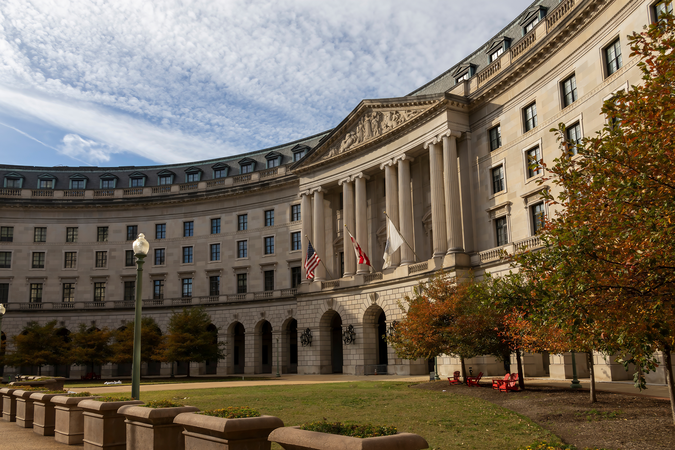Threatened Protection: Sea Level Rise and Coastal Protected Lands of the Eastern United States
This article examines US coastal protected lands and the potential consequences and associated reductions in ecosystem services from sea level rise in the context of current funding and adaptation planning for conservation.
Federal, state, and local governments in the United States, along with land trusts and other nonprofit organizations, have invested significant financial resources in protection of natural lands in coastal areas. As the climate changes, protected lands could provide increased resilience to coastal communities, yet climate change also poses a threat to the continued existence and healthy functioning of these ecosystems. The objectives of this research are to characterize the distribution and types of coastal protected lands in the eastern United States, estimate their exposure to sea level rise, evaluate the potential impact of this exposure on associated ecosystem services, and then discuss appropriate adaptation measures. For this, we construct an inventory of coastal protected lands in shoreline counties of US states along the Atlantic. We summarize their ownership and land cover and evaluate their exposure to a 3-foot (0.91 m) rise in sea level. We find substantial variation in the amount of lands protected in coastal shoreline counties, from a high of 34 percent in Florida to a low of 7 percent in Pennsylvania. Federal ownership is greatest in the South, whereas state ownership dominates in the Mid-Atlantic. Private groups own large shares of protected lands in Maine, New Hampshire, Delaware, and Maryland. Moving south, dominant land covers in protected areas shift from forests to wetlands. We find that one quarter of protected lands in shoreline counties will be affected by 3 feet of sea level rise, with substantial heterogeneity in exposure across states and greater impacts in southern states. Almost 50 percent of federal lands and around 25 percent of state lands will be affected. While substantial proportions of estuarine wetlands and unconsolidated shore (beaches and dunes) are currently protected and provide key coastal ecosystem services, 95 and 91 percent of these protected systems, respectively, will be affected by 3 feet of sea level rise. We discuss the potential consequences and the associated reductions in ecosystem service provisioning from sea level rise in the context of current funding and adaptation planning for conservation. We find that some of the states facing the greatest challenges are those lacking plans and funding. The large heterogeneity in ownership, land covers, and funding across states suggests that adaptation policies for coastal protected lands will need to be tailored to the local context; a one-size-fits-all approach is unlikely to be as effective.
Key findings
- Protected lands in coastal areas provide climate resilience, but are under threat.
- We inventory coastal protected lands and their exposure to 3 feet of sea level rise.
- In the United States, 50 percent of federal and 25 percent of state coastal protected lands are exposed to this rise.
- Estuarine wetlands and unconsolidated shore (beaches and dunes) are most exposed. Respectively, 95 percent and 91 percent of these protected systems will be affected by 3 feet of sea level rise.
- Exposure and adaptation capacity vary greatly by state, owner, and land cover.






